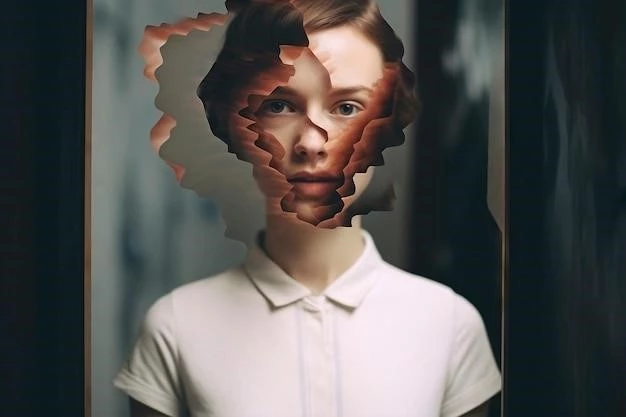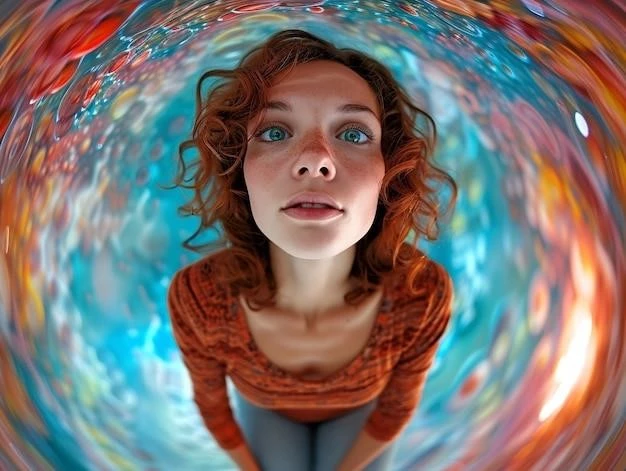The Self as a Controlled Hallucination
The human experience is a tapestry woven from threads of perception, cognition, and emotion. Yet, the very essence of our being, the “self” that experiences this tapestry, remains one of the most profound mysteries in science and philosophy. Recent advancements in neuroscience, particularly in the study of consciousness and perception, have given rise to a compelling notion: the self, rather than a concrete entity, might be a highly controlled hallucination orchestrated by the brain.

The Illusion of Reality
Our brains do not directly interact with the external world. Instead, they rely on sensory organs to gather information, which is then processed and interpreted to construct an internal representation of reality. This internal model is what we perceive as the world around us.
However, this model is not a perfect replica of reality. It is influenced by our prior experiences, biases, and expectations. For instance, optical illusions vividly demonstrate how our brains can be tricked into perceiving things differently than they are. These illusions highlight the constructive nature of perception, suggesting that our experience of reality is an interpretation, not a direct reflection.
The Predictive Brain
Emerging research suggests that the brain operates on a predictive model. Rather than passively receiving sensory input, the brain constantly generates predictions about the world based on past experiences and learned patterns. These predictions are then compared to incoming sensory information;
When there is a discrepancy between predictions and sensory input, the brain updates its internal model and adjusts its predictions accordingly. This process occurs continuously, shaping our perception and influencing our actions.

The Hallucinated Self
If our experience of reality is a controlled hallucination, where does the self fit into this equation? Some neuroscientists propose that the self is another construct of the brain, a model generated to help us navigate the world.
This model of the self encompasses our body image, our sense of agency (the feeling of control over our actions), and our self-awareness; Like other aspects of our perception, the self is thought to be maintained and updated through interactions with the environment and social cues.
Evidence from Hallucinations and Illusions
Intriguingly, studies on hallucinations and neurological conditions provide compelling insights into the nature of the self. For instance:
- Phantom Limb Syndrome: Individuals who have lost a limb often experience vivid sensations of the missing limb, including pain and movement. This phenomenon suggests that the brain’s internal model of the body can persist even in the absence of sensory input.
- Out-of-Body Experiences: These experiences, characterized by the feeling of being detached from one’s body, can be induced by brain stimulation or certain neurological conditions. They suggest that the sense of self is malleable and can be disrupted.
- Schizophrenia: Hallucinations, a hallmark of schizophrenia, involve perceiving sensory information that is not real. Auditory hallucinations, in particular, highlight the brain’s ability to generate its own internal experiences, independent of external stimuli.
Implications and Future Directions
The notion of the self as a controlled hallucination has profound implications for our understanding of consciousness, free will, and mental health. If our sense of self is a construct, it raises questions about the nature of personal identity and the boundaries between reality and our internal experiences.
Further research is needed to unravel the complex neural mechanisms underlying these phenomena. Investigating how the brain constructs and maintains the self could lead to breakthroughs in treating conditions like schizophrenia and phantom limb pain, and deepen our understanding of what it truly means to be human.
While the idea of the self as a controlled hallucination may seem disorienting at first, it is crucial to remember that this model arises from the brain’s remarkable ability to create a coherent and meaningful experience of the world. This ability, while fallible, is essential for our survival and underpins the richness of human consciousness.










